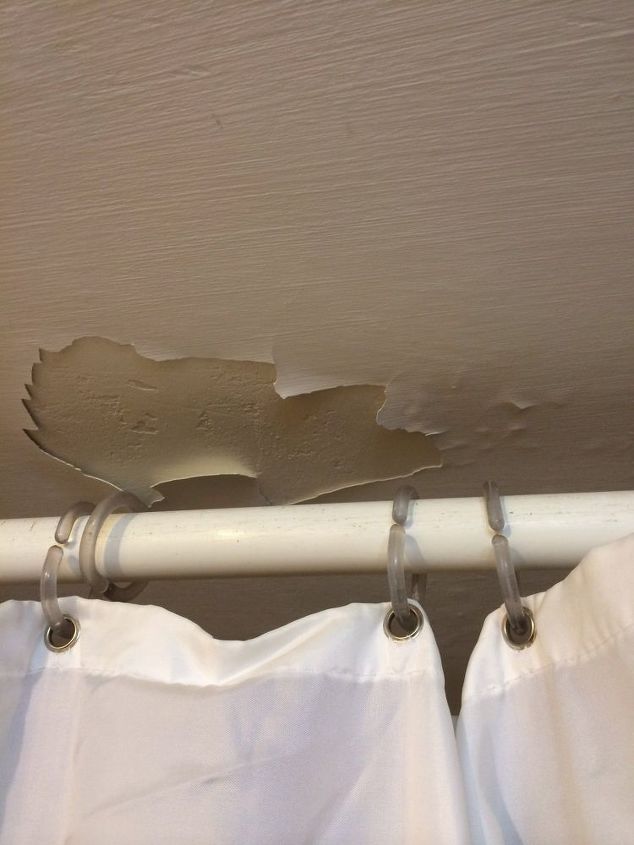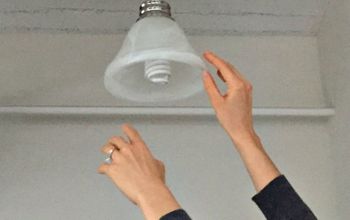Picture hanging on old thick plaster walls that chip

when I drill, the walls chip and the screw won't go in
when I use those sticky hangers, they won't take the weight
Related Discussions
How to get rid of mice?
We seem to have some unwelcome Mickeys and Minnies in our house. What is the best way to get rid of them?
How to remove popcorn ceiling with asbestos?
I want to remove my popcorn ceiling, but it has asbestos in it. How do I go about this safely?
How to caulk baseboard gaps?
How do I fill gaps at baseboard, should I caulk? If so, does anyone know how to caulk baseboards?
How to fix squeaky hardwood floors?
How do I fix squeaky hardwood floors?
Easiest removal of old wallpaper 3-4 layers thick on horsehair plaster
Water damage on bathroom ceiling
I am about to patch up this water damage on a low bathroom ceiling. What can i paint/seal the entire ceiling with to minimize future water damage? the ceiling is very... See more





Jacquelyn is right on track, a piece of tape will prevent the chipping, otherwise use drywall anchors.